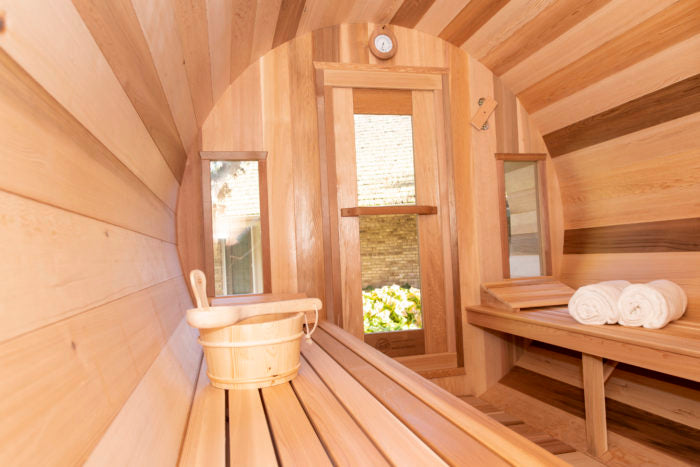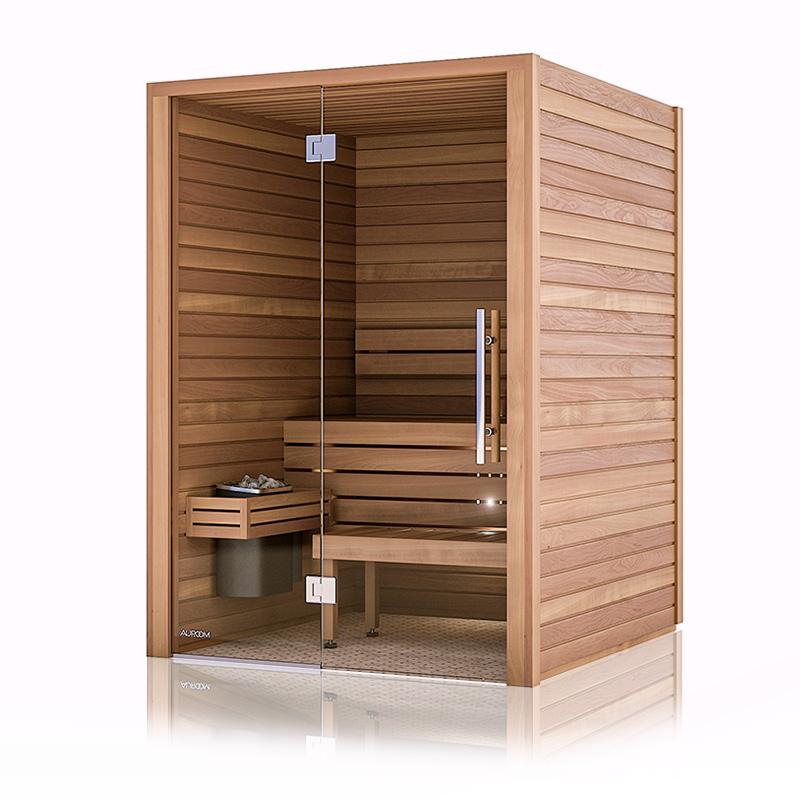Not known Factual Statements About Traditional Sauna
Not known Factual Statements About Traditional Sauna
Blog Article
Some Of Traditional Sauna
Table of ContentsThe Ultimate Guide To Traditional SaunaThe Definitive Guide for Traditional SaunaThe Best Guide To Traditional SaunaAll About Traditional Sauna
Most of the weight lost in a sauna is water loss and is re-gained upon rehydrating. Without a question sauna can be a crucial component of a healthy weight loss program. To look at the differences between traditional and IR saunas, I will separate these right into proven, theoretical, and made distinctions.Hence, the most popular point in the saunawhich is at the ceiling directly over the sauna heateris typically in between 185 and 190 F. Traditional Sauna. Claims that a conventional sauna goes beyond 200 F is just not true and not applicable for electric saunas sold in the US. The temperature level for a far-infrared sauna is typically set in between 120 and 140 F; nonetheless, unlike the standard sauna, the goal in and IR room is not to attain a high temperature
Due to the fact that of this, the temperature level difference is almost unnecessary, considering that profuse sweating causes both sauna kinds, however the approach of heating up the body is different. In an IR sauna the bather will really feel hot and will certainly sweat a lot, however at a lot lower temperature levels. Therefore, if the objective is to spend longer amount of times in the sauna, the IR sauna is a great selection.

Facts About Traditional Sauna Revealed
When the heat is accomplished, the components cycle on and off to keep the heat. Most standard sauna individuals appreciate pouring water over the rocks to develop heavy steam to increase sauna humidity levels. The advantages of putting water over the rocks consist of: making the space more comfy, dampening the nasal flows, and allowing the use of aromatherapy by mixing necessary oils with the water.
In a far-infrared sauna, the warmth waves penetrate the body to effectively heat the body and raise the body core temperature. To attain this boosted temperature level, Far-infrared emitters produce infrared energy which is close to the very same wavelength as that which the body naturally emitsoften described as the "Important Variety" of 7 to 14 microns), so the energy is well gotten by the body.
When the energy gets in the body, it creates the body temperature to boost and inevitably leads to perspiration. In an infrared sauna it is very important for the emitters/heaters to remain on almost regularly. Considering that there is no mass of rocks to maintain warmth, the sauna will cool down if the emitters closed off.
As pointed out above, the sauna bather in an infrared area wishes to position himself in front of running emitters to get optimal gain from the heat. The home heating time for the 2 spaces can be extremely different, relying on exactly how the areas are used. For a standard sauna, a bather should permit 30-40 minutes for the room to achieve a wanted temperature and to properly pre-heat the rocks.
The 5-Minute Rule for Traditional Sauna
A well built sauna will typically accomplish a temperature of 150-160 F in regarding 30-40 mins (Traditional Sauna). For hotter temperature levels, the room might require to heat for a longer duration. When the area achieves set temperature level, link the heating system will certainly cycle on and off, generally running concerning 50% of the moment. The insulated wall surfaces and the warmed rocks will keep the area hot and at steady temperature levels.
To some, 15 minutes was go "squandered" while the infrared power warmed the timber panels instead of warming a body, while others discover a pre-heated space to be more comfortable and think an elevated beginning temperature is needed to begin sweating. The length of advised usage for every area is roughly the exact same (10-15 minutes per session); however, because of the reduced air temperatures and the capability to feel the results of infrared warmth much faster than a standard sauna, it is not uncommon for a person to spend an overall of 20-30 minutes in an infrared sauna.
Typical saunas often tend to be bigger (for this reason make use of more electrical power) than infrared saunas, although conventional saunas are certainly readily available in one and 2 individual dimensions. For a two-person conventional sauna, 5x6 or 5x7 size is most preferred. The top bench can conveniently seat two here or 3 people and is also long enough to lie down throughout the sauna session.


The ordinary cost per kWH of electricity in the U.S. is approximately $0.11, so a 4.5 kW heater will set you back roughly $.50 to compete one hour, if the heating unit runs continually for one hour. Usually a sauna heating system will run for 75% of the first hour and 50% of subsequent hours on because the elements cycle once the established temperature is accomplished.
What Does Traditional Sauna Mean?
A 2 person far-infrared area is normally literally smaller than a traditional sauna, commonly concerning 4' x 4' or smaller sized. The IR heater is usually 1.5-1.7 kW utilizing a 120 volt 15 amp plug-in service. Because the area can be made use of quicker than a sauna space, we will assume the space is made use of for to of an hour consisting of warmth up time.
There is a rarely discussed difference in the social experience in between the 2 rooms. While our society has actually shed some of the social benefit of the traditional sauna experience, it can be really socially gratifying. From household time in the sauna, to heart-felt conversations with considerable others, to sauna partiesthe traditional sauna experience can cause intimate interacting socially.
A lot of greater end infrared spaces include tinted light therapy, audio systems and full-glass fronts.
Report this page